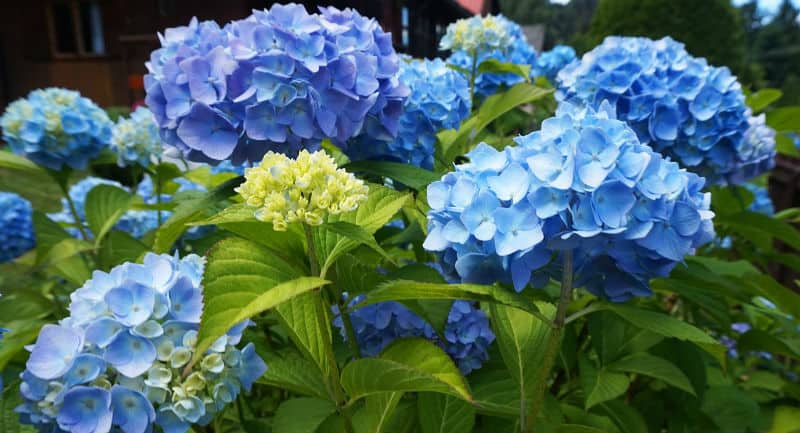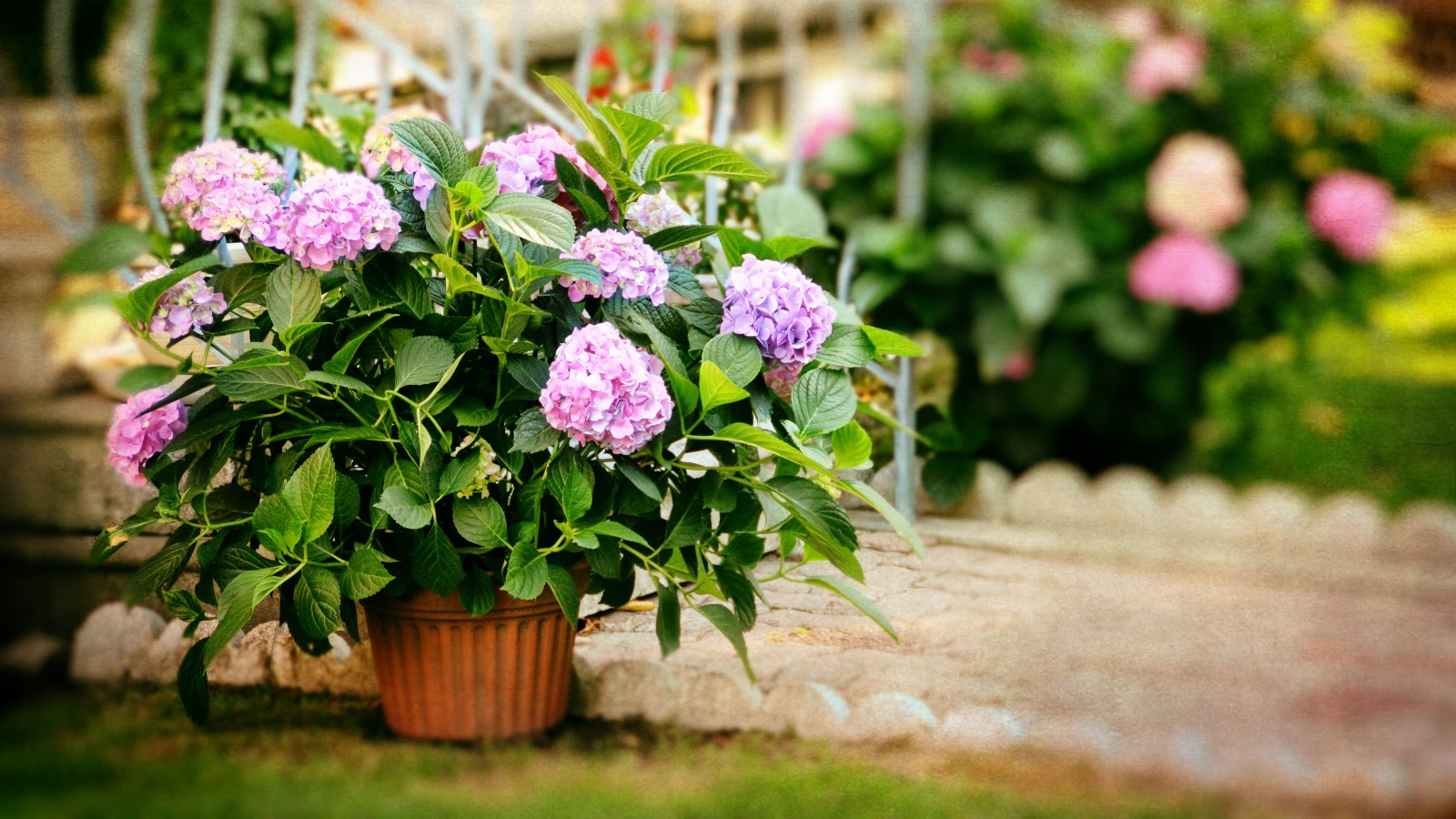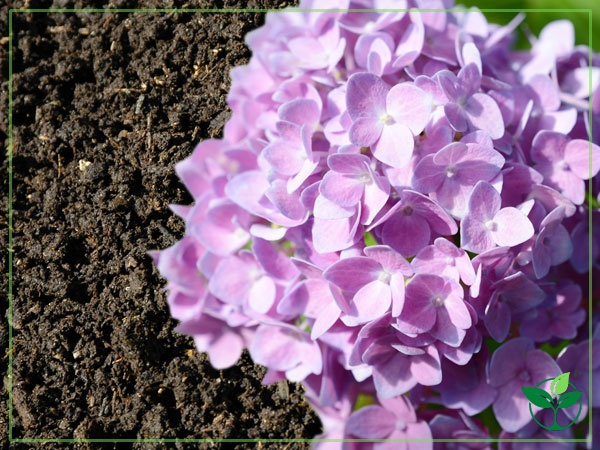Grow Vibrant Blue Hydrangeas With Ericaceous Compost
Introduction
Hydrangeas are beautiful flowering shrubs that can be grown in a variety of conditions. However, if you want to grow vibrant blue hydrangeas, you will need to provide them with acidic soil. Ericaceous compost is a type of compost that is specifically designed for acid-loving plants, such as hydrangeas.
In this blog post, I will discuss the benefits of using ericaceous compost for growing blue hydrangeas. I will also provide some tips on how to use ericaceous compost to get the best results.
The Benefits of Using Ericaceous Compost for Blue Hydrangeas
There are several benefits to using ericaceous compost for blue hydrangeas. First, ericaceous compost helps to lower the pH of the soil, which is necessary for blue hydrangeas to produce their vibrant blue flowers. Second, ericaceous compost is rich in nutrients that are essential for hydrangeas, such as nitrogen, phosphorus, and potassium. Third, ericaceous compost helps to improve the drainage of the soil, which is important for preventing root rot.
How to Use Ericaceous Compost for Blue Hydrangeas
To use ericaceous compost for blue hydrangeas, you will need to add it to the soil when you plant the hydrangeas. You can also add ericaceous compost to the soil each spring as a top dressing.
The amount of ericaceous compost that you need to add will depend on the pH of your soil. If your soil is already acidic, you may only need to add a small amount of ericaceous compost. However, if your soil is alkaline, you will need to add a larger amount of ericaceous compost to significantly lower the pH.
Tips for Getting the Best Results
Here are some tips for getting the best results when using ericaceous compost for blue hydrangeas:
- Choose a sunny location for your hydrangeas. Blue hydrangeas need full sun to produce their vibrant blue flowers.
- Water your hydrangeas regularly, especially during the summer months.
- Fertilize your hydrangeas with a balanced fertilizer in the spring.
- Mulch around your hydrangeas to help retain moisture and suppress weeds.
Conclusion
By following these tips, you can grow vibrant blue hydrangeas with ericaceous compost. These beautiful shrubs will add a touch of color to your garden for many years to come.
Hydrangeas are beautiful flowering shrubs that can be grown in a variety of conditions. However, if you want to get the most out of your hydrangeas, it's important to plant them in the right soil. Ericaceous compost is a type of compost that is specifically designed for acid-loving plants, such as hydrangeas. It helps to create the ideal conditions for hydrangeas to thrive, and it can also help to control the color of their blooms.
If you're not sure whether your soil is acidic enough for hydrangeas, you can test it with a pH meter. You can also add ericaceous compost to your soil to help lower the pH.
For more information about hydrangea ericaceous, I recommend visiting Garden Wiki. This website has a wealth of information about hydrangeas, including how to choose the right compost, how to plant and care for hydrangeas, and how to control the color of their blooms.
FAQ of hydrangea ericaceous
Q: What is ericaceous compost?
A: Ericaceous compost is a type of soilless potting mix that is specifically designed for plants that prefer acidic soil. It is made from a blend of peat moss, perlite, and vermiculite, and it has a pH of around 5.5.
Q: Do hydrangeas need ericaceous compost?
A: Not all hydrangeas need ericaceous compost, but some do. If you have a hydrangea that is known to prefer acidic soil, such as a blue hydrangea, then it is best to pot it in ericaceous compost. However, if you have a hydrangea that is known to prefer neutral or alkaline soil, such as a pink hydrangea, then you can pot it in a standard potting mix.
Q: How do I make hydrangeas turn blue?
A: There are a few things you can do to make hydrangeas turn blue. One is to plant them in acidic soil, with a pH of around 5.5. Another is to feed them with an acidic fertilizer, such as one that is high in ammonium sulfate. You can also add aluminum sulfate to the soil around your hydrangeas.
Q: What are the signs of hydrangea stress?
A: There are a few signs that your hydrangea may be stressed. These include wilting leaves, yellowing leaves, and stunted growth. If you notice any of these signs, it is important to investigate the cause of the stress. Possible causes include:
- Too much or too little water
- Too much or too little sun
- Insects or diseases
- Improper soil pH
Q: How do I care for hydrangeas in winter?
A: Hydrangeas are generally hardy plants, but they can be damaged by cold weather. If you live in an area with cold winters, it is important to take steps to protect your hydrangeas. These steps may include:
- Mulching around the plants to help insulate the roots
- Covering the plants with a burlap sack or other protective covering
- Moving potted hydrangeas indoors




Post a Comment for "Grow Vibrant Blue Hydrangeas With Ericaceous Compost"